
The sunlight we get on earth comprises different rays, including the UVA and UVB rays. These rays affect the skin and damage it in a variety of ways. Let us first try to understand the differences between these two types of rays and how they affect the skin.
What is UV radiation?
UV radiation refers to electromagnetic energy from natural sources like sunlight and artificial sources like black lights, lasers, and tanning beds. The most common source of UV radiation exposure for most people is the sun's rays.
The rays of sunlight can be classified according to their varying wavelength. These include UVA (longest wavelength), UVC (shortest wavelength), and UVB (medium wavelength).
UVA rays
UVA rays have the highest wavelengths but carry lower levels of energy than the other UV rays. They penetrate more easily than UVB rays and affect the cells in the deeper levels of the skin. They damage the DNA indirectly and cause premature aging of the skin. As a result, they cause visible effects like wrinkles and even skin cancer. Unlike UVB rays, they do not get absorbed by ozone and reach the earth easily.
The immediate tanning effect we notice after sun exposure, as well as sunburn, is caused due to UVA rays. They are the most commonly used light in tanning beds and can penetrate clouds and windows easily.
UVB Rays
UVB has a shorter wavelength than a UVA ray. However, they carry a much higher energy level. UVB rays cause damage to the outer layer of the skin and damage the DNA directly. They are most responsible for skin cancers and also contribute to premature aging. They get absorbed by the ozone partially, while some rays get through and reach the earth.
Overexposure to UVB rays causes sunburns which can be noticed a few hours after exposure to the sun. They tend to get filtered by clouds and are unable to penetrate through windows.
When are UV rays strongest?
A variety of factors affect the time when UV rays are the strongest. These include:
Time of day
UV exposure is highest from 10 am to 4 pm every day. During this time, the rays need to cover the least distance because they are the most powerful.
Season
UV exposure is maximum during the summer and spring months. During these times, the sun is at a greater angle, thus increasing its intensity.
Latitude
UV exposure is maximum in places near and on the equator due to the least distance from the sun.
Altitude
UV rays are most potent at places located at high altitudes.
Clouds
Clouds filter out some of the UV rays. However, the kind of clouds also determines the level of sun exposure. For instance, water-filled dark clouds will block more UV rays than thin and high clouds.
How to Keep Yourself Safe from Harmful UV Rays?
It is imperative to protect yourself against the sun’s harmful rays to keep the skin healthy. The best way to do so is to limit sun exposure and apply sunscreen. Sunscreen protects the skin against the damaging effects of the sun’s ultraviolet radiation. However, it is essential to choose the right sunscreen to ensure that you get optimum protection.
How to Choose the Right Sunscreen?
There are several factors to consider when choosing the best sunscreen for your protection.
- Consider SPF (Sun Protection Factor)
SPF is a term used to measure the amount of UVB light that sunscreen can filter out. Using a sunscreen with an SPF of 15 or more will help protect your skin against UV exposure. The higher the SPF, the more protection it will provide. However, remember that no sunscreen can block 100 percent of the UV rays. The American Dermatology Academy recommends you to use a sunscreen of SPF 30 or more.
- Opt for Broad Spectrum SPF
Choose a sunscreen that offers broad-spectrum UV protection. This means that it is effective against both UVA as well as UVB rays. A sunscreen with a broad-spectrum SPF of 30 or more will effectively protect your skin from sun damage and sunburn.
- Check the Active Ingredients
While buying sunscreen, you can either go for a physical sunscreen or a mineral-based sunscreen. Many recent pieces of research have suggested that the ingredients found in most chemical sunscreen get absorbed into the blood and cause health issues. At present, only two sunscreen ingredients are considered safe and effective – titanium dioxide and zinc oxide. Look for physical sunscreens containing these safe ingredients.
- Sunscreen Formulation
Formulation refers to the delivery format of the sunscreen. This will decide how the product looks and feels on the skin. Sunscreens are commonly available in three different formulations in the market these days.
- Sunscreen Sprays: They are great for applying sunscreen all over the body, including the harm to reach places. They are also suitable for people with a lot of body hair.
- Sunscreen Lotions: This is the most common type of sunscreen formulation available in the market. It is also available in multiple variants to cater to all kinds of skin.
- Sunscreen Sticks: This formulation of sunscreen is highly portable and creates the least mess. It can be used by applying to the skin directly and then rubbing the product in. They are incredibly convenient to use and the best option for travel.
- Consider Your Sun Exposure
One of the most important things you must keep in mind while picking your sunscreen is your level of exposure to the sun’s rays. For example, how long your sun exposure will last, how strong the sun’s rays are on that particular day, and the kind of activities you will be performing during the sun exposure.
The UV rays are strongest between 10 am and 4 pm. When the UV index is 8 or more, your skin can burn in less than 15 minutes.
- If you plan to be outdoors for a long time, wear sunscreen with SPF 30 or higher.
- If you plan on playing sports in water or outdoors, make sure to go for water and sweat-resistant sunscreen. Choose SPF 30 or higher and make sure to reapply after a gap of 40-60 minutes.
- If you plan on staying indoors or in the shade for most of the day, a sunscreen with SPF 15 will suffice.
- Consider Your Skin Type
If you have oily or acne-prone skin, choose sunscreens labelled as ‘non-comedogenic’. This will ensure that the sunscreen you wear does not clog your pores. If you have dry skin, you can use sunscreens that consist of hydrating ingredients such as ceramides or hyaluronic acid.
For sensitive skin, you can opt for a physical or mineral sunscreen. Physical sunscreens made with titanium dioxide and zinc oxide protects the skin without stinging or burning the eyes. They sit on top of the skin and form a barrier to protect against the UV rays.
Remember that you need to re-apply sunscreen every 2 hours or more, especially if you are swimming, exercising, or sweating. Remember that there are no completely waterproof sunscreens; they are simply water-resistant. Besides this, you can also use protective clothing such as sun-protective swimwear and hats to protect yourself further.

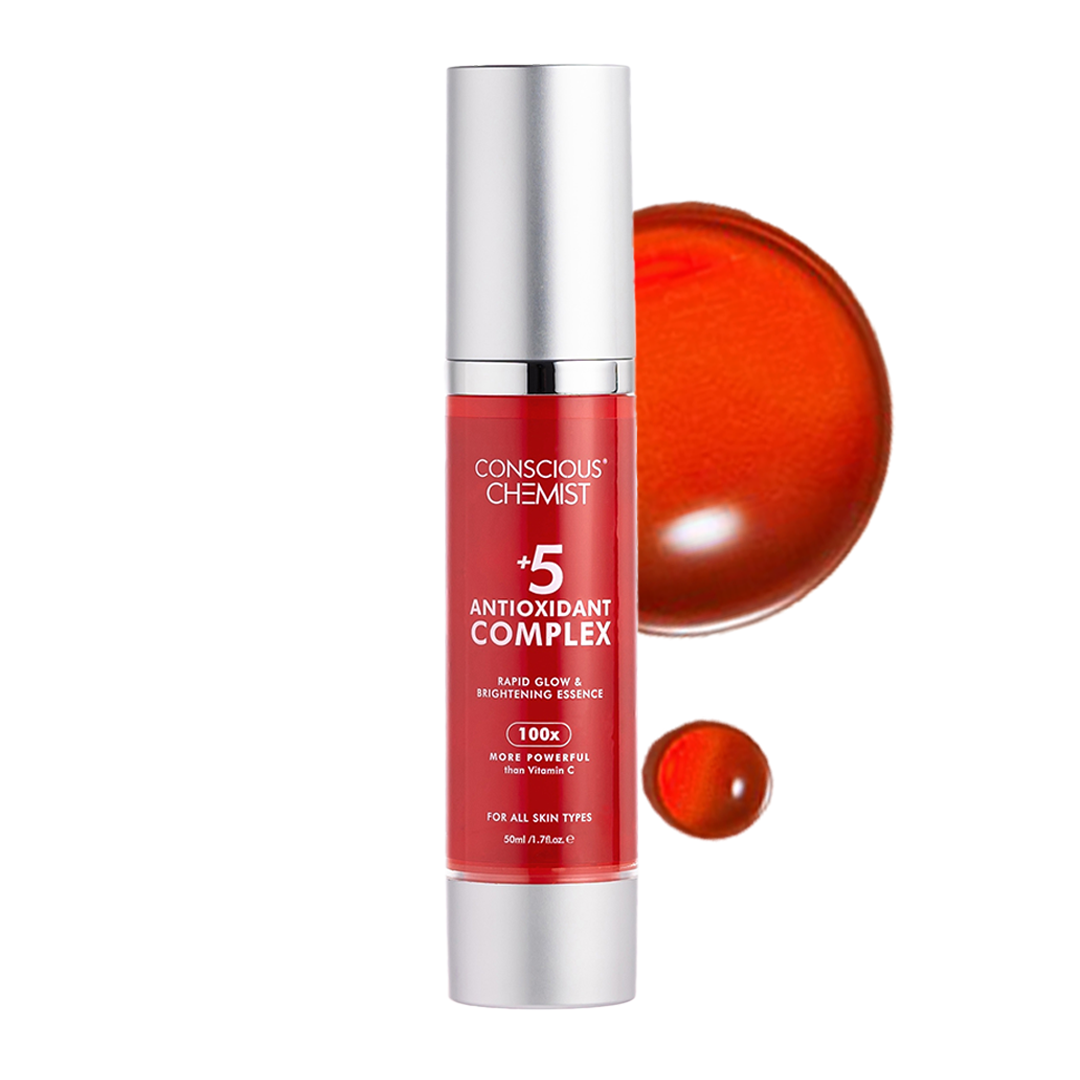
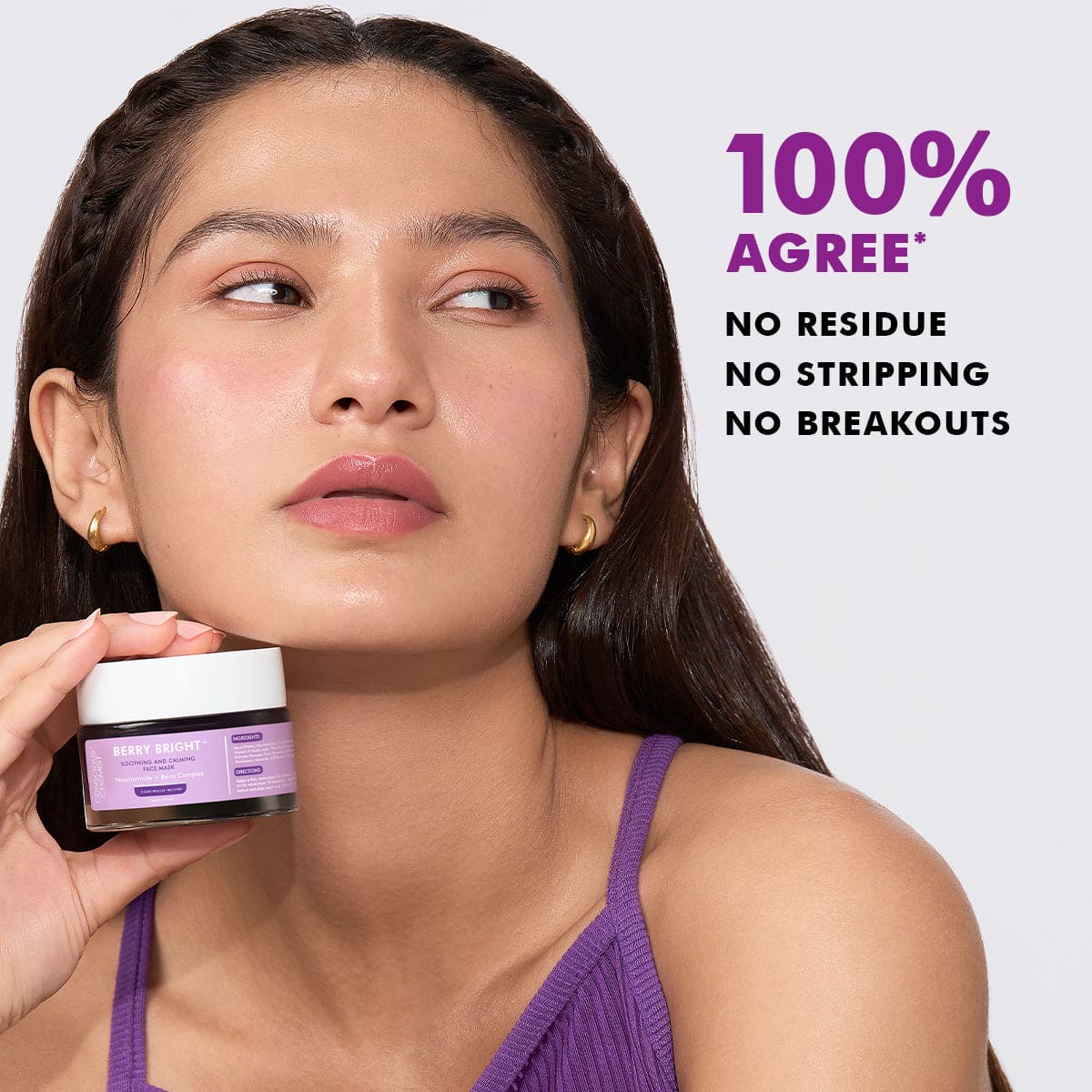
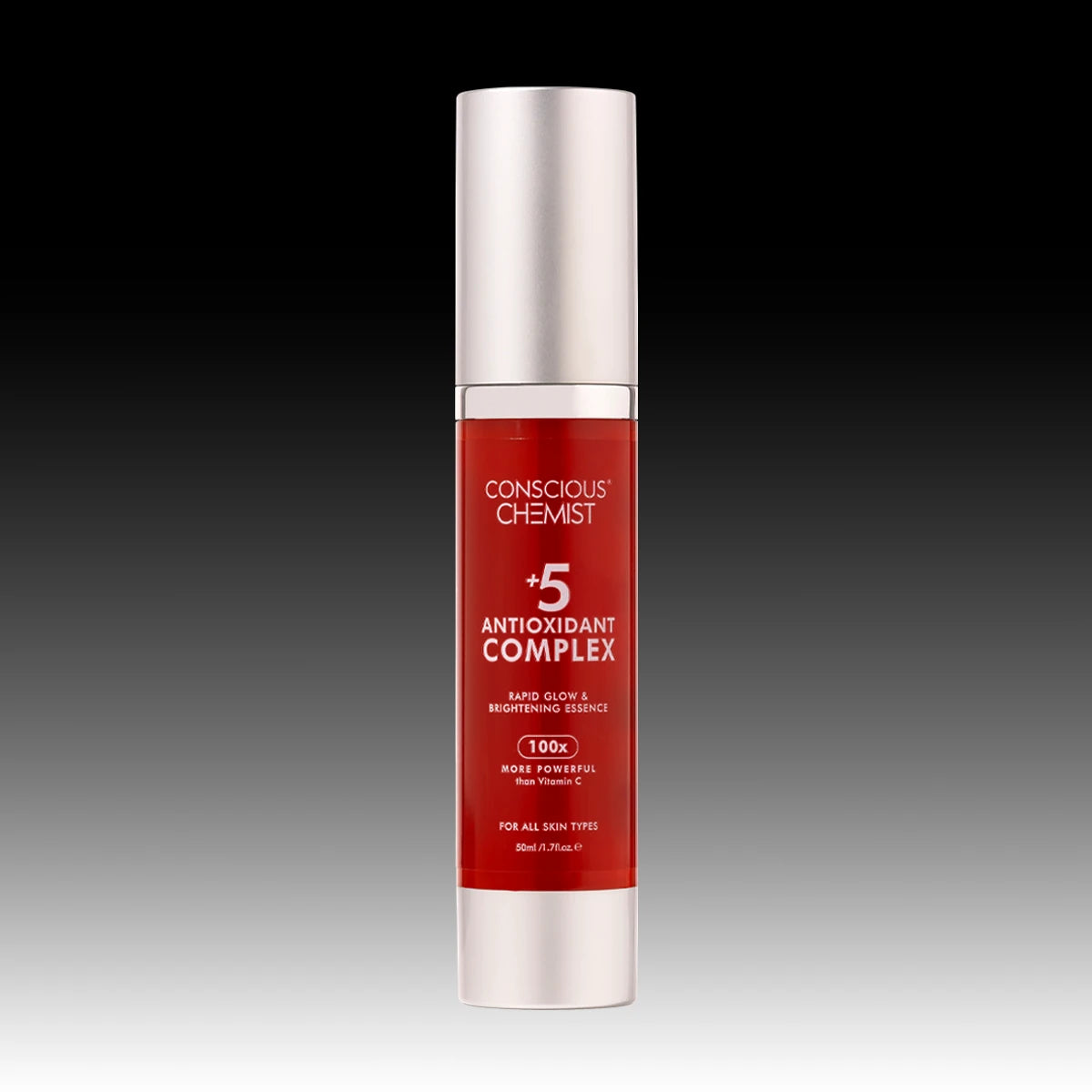
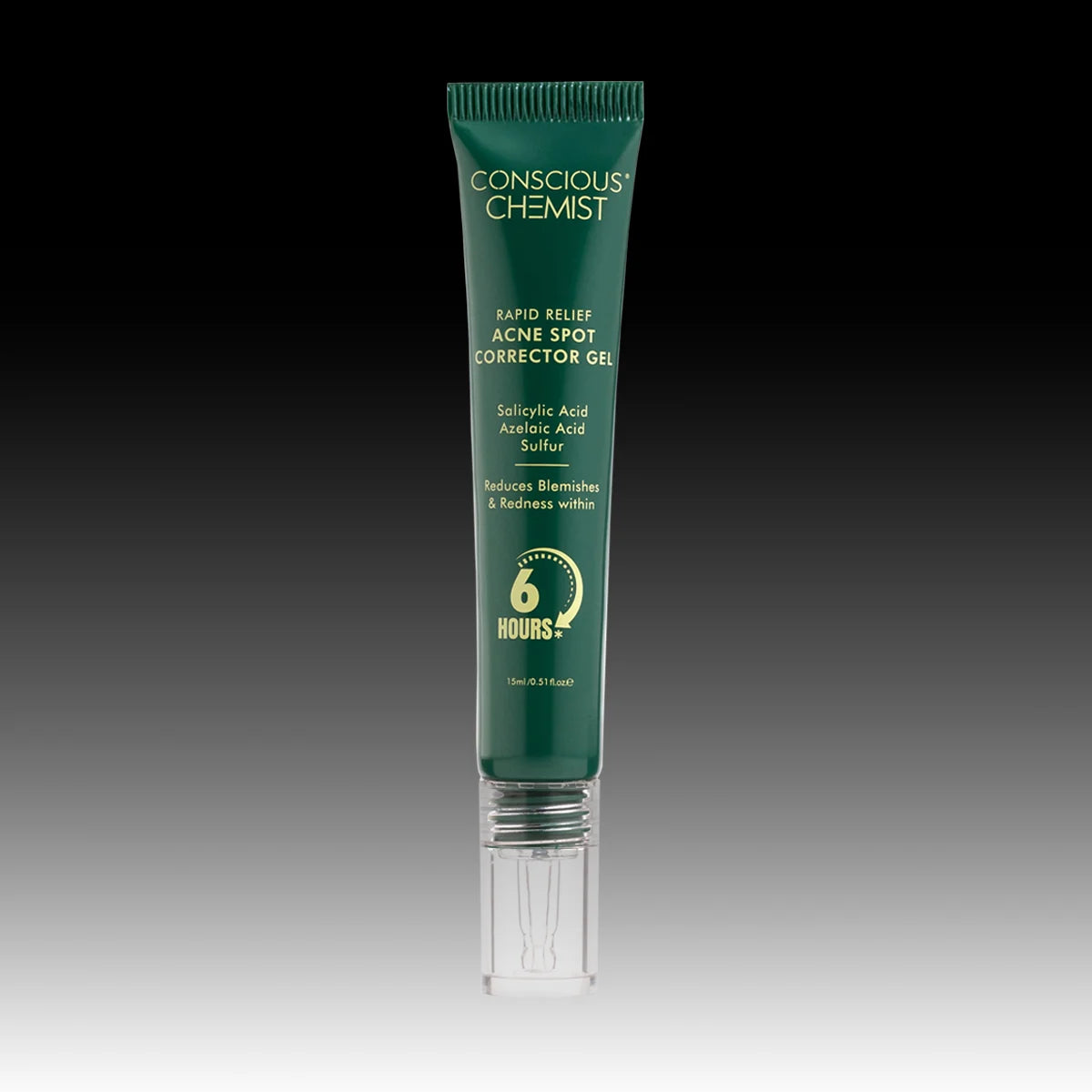

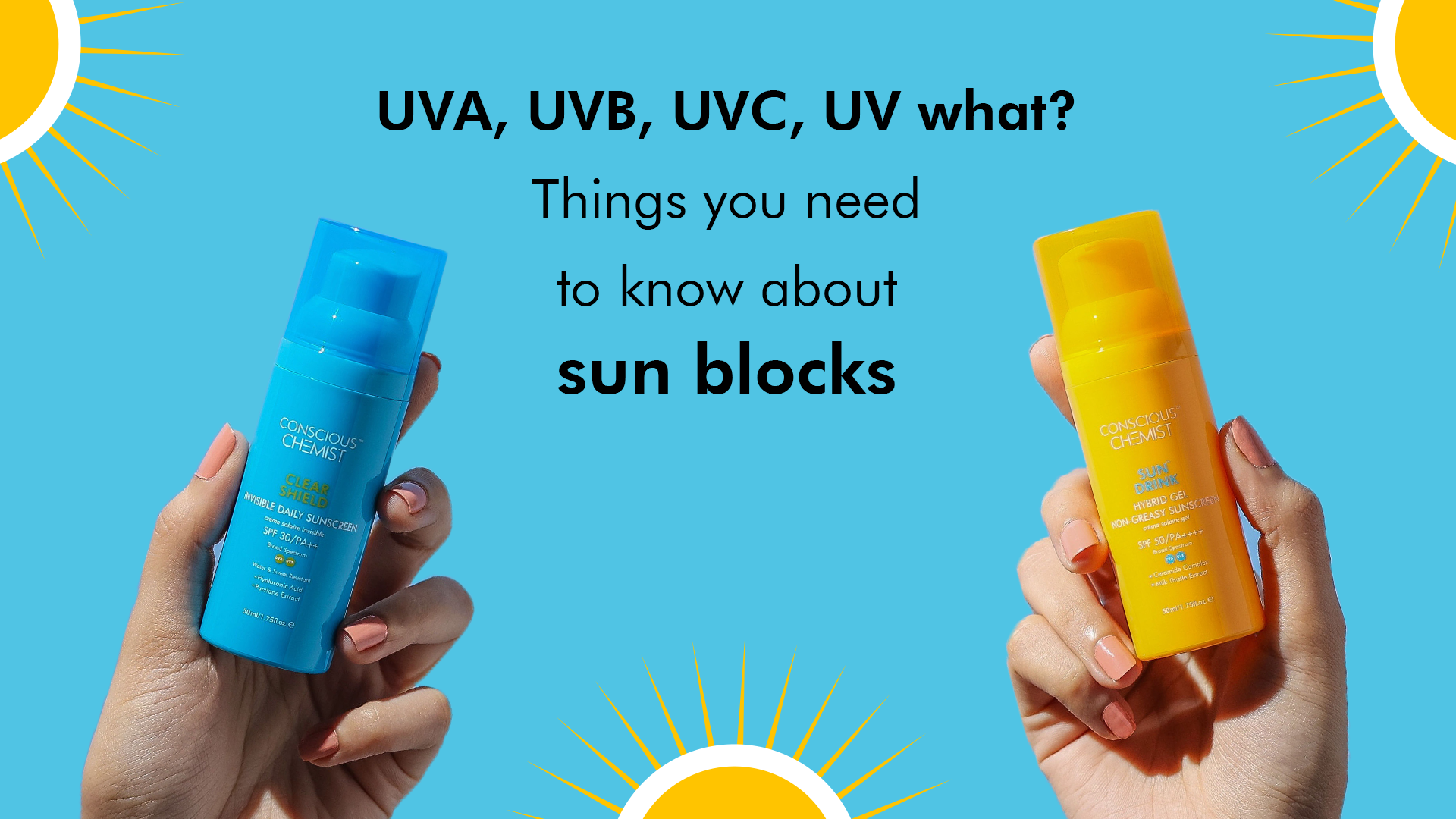
Build Collagen: How to increase collagen production naturally?
"How I can build collagen into my skincare routine?" and other collagen Qs answered